Six NYC Ruins Loved and Lost
Photographer Will Ellis is the author of Abandoned NYC, which is out today. In conjunction with its publishing, he shares with Atlas Obscura some of his favorite lost New York ruins.
When you’re photographing ruins in New York City, you can’t get too attached — they’ll either meet the wrecking ball, fall apart on their own, or in the best and rarest cases, attract the wandering eye of developers and be put to use again. No matter the outcome, it’s always hard to say goodbye to these places as I knew them. Here’s six sites I’ve loved and lost over the past three years of exploring this ever-changing metropolis.
DOMINO SUGAR REFINERY
Williamsburg, Brooklyn
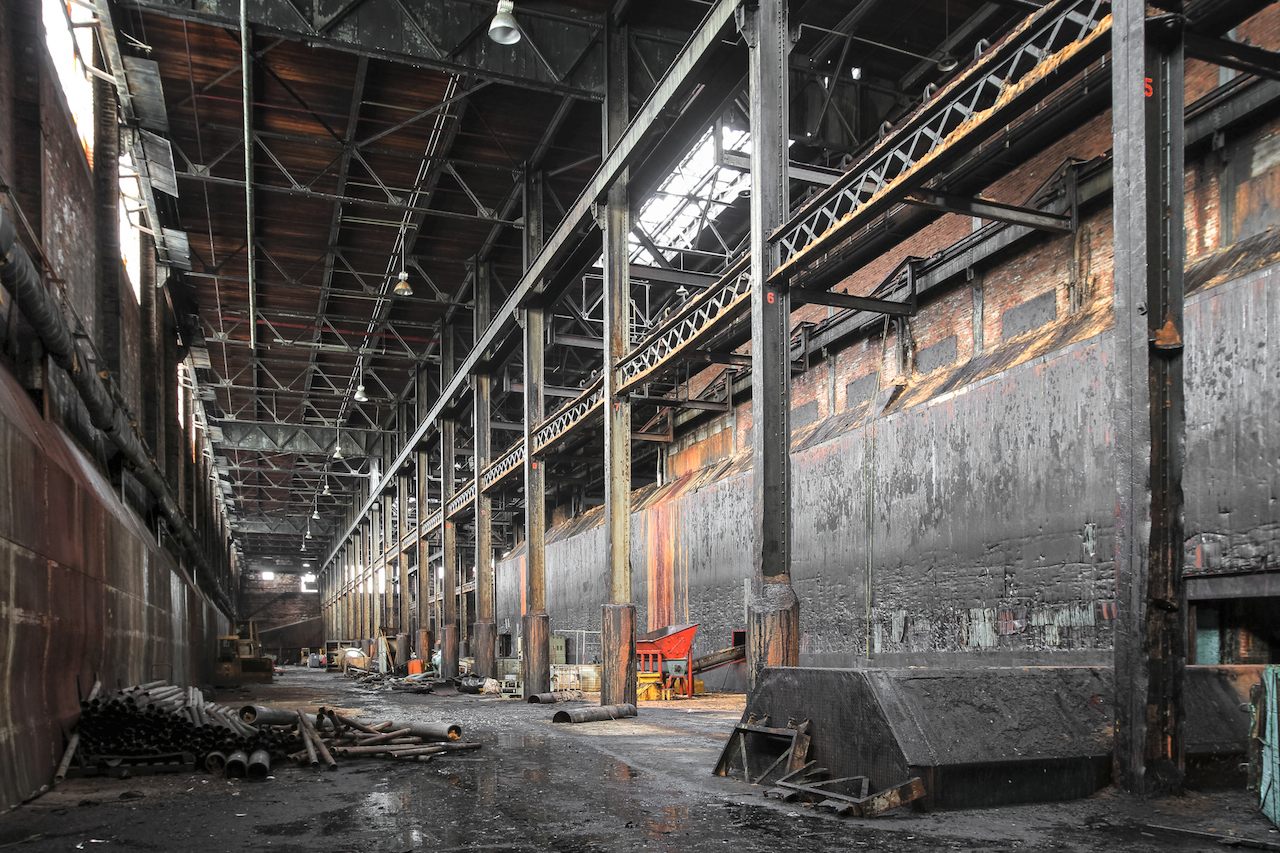 The raw sugar warehouse of the Domino Sugar Refinery, which hosted a blockbuster Kara Walker exhibition prior to demolition
The raw sugar warehouse of the Domino Sugar Refinery, which hosted a blockbuster Kara Walker exhibition prior to demolition
Certainly the most high-profile abandonment on this list is the Domino Sugar Refinery — controversy over the mixed-used mega-development currently underway at the site has been making headlines for years. While the original (landmarked) refinery building will be saved, the packaging plant and raw sugar warehouse already met the wrecking ball late last year.
All told, Domino and its predecessors operated on the Williamsburg waterfront for 148 years. Though it was only abandoned for a little over a decade, the factory quickly became a sought after destination for NYC explorers.
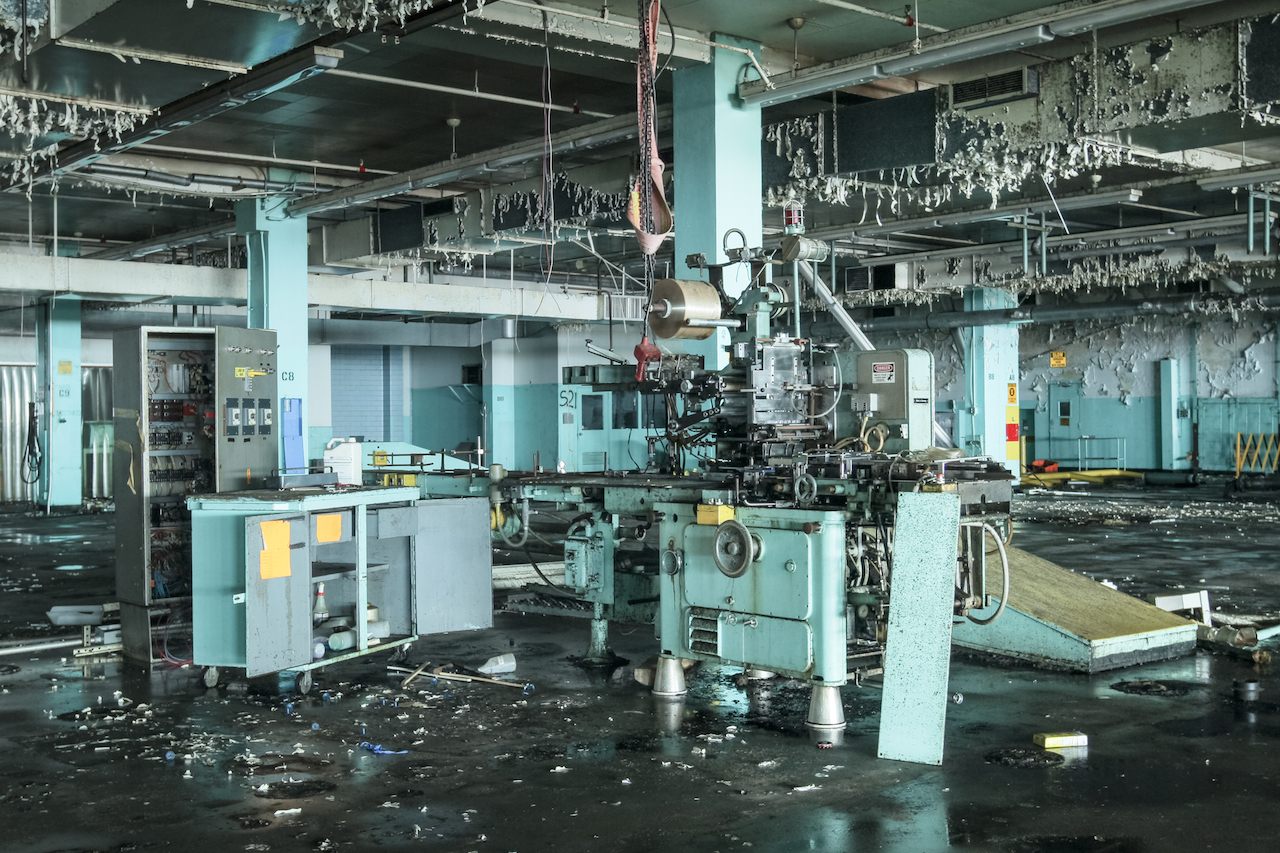 The packaging plant of Domino Sugar Refinery, now demolished
The packaging plant of Domino Sugar Refinery, now demolished
MACHPELAH CEMETERY OFFICE
Glendale, Queens
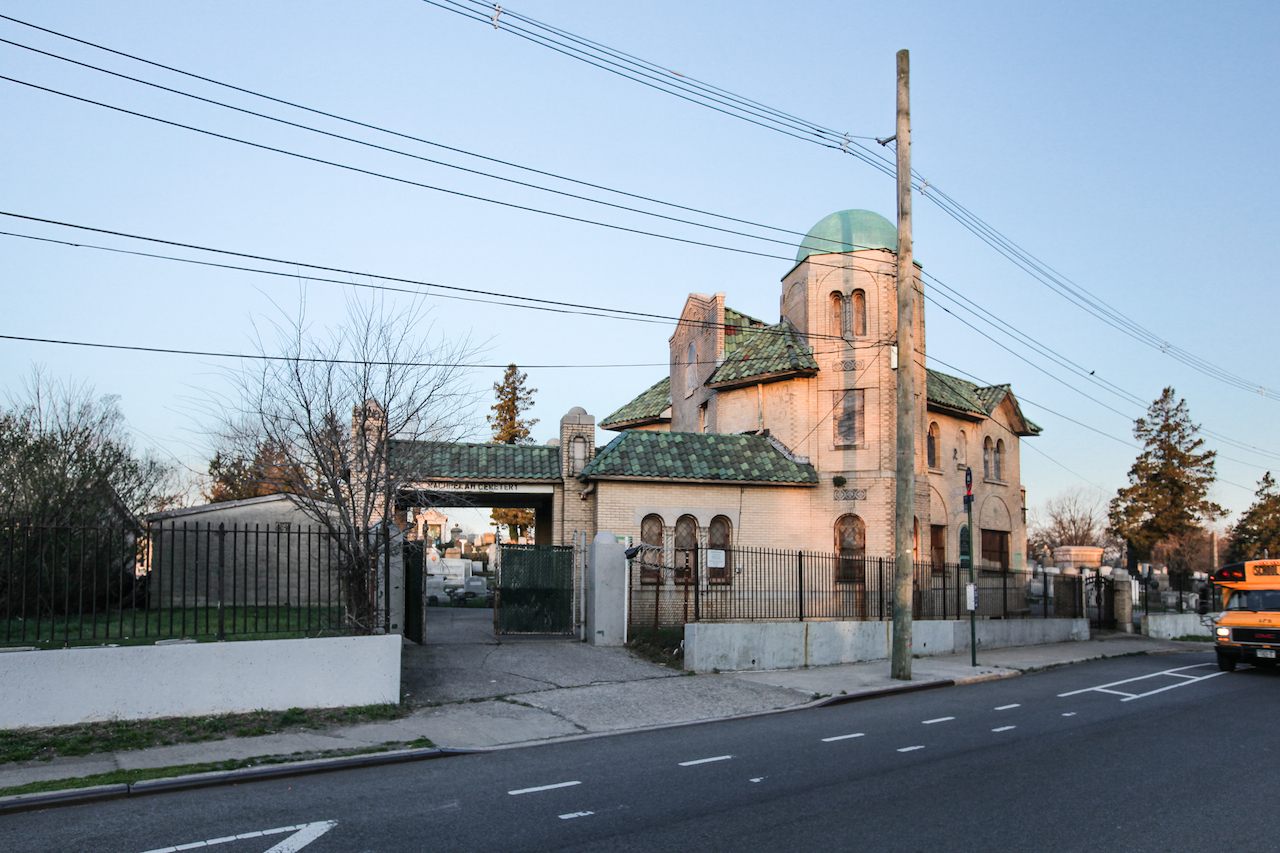 The eerie abandoned office of Machpelah Cemetery in Queens, pictured in 2012.
The eerie abandoned office of Machpelah Cemetery in Queens, pictured in 2012.
An admittedly minor entry in the canon of NYC abandonment, this creepy-looking office at the run down Machpelah Cemetery in Queens was best known for its proximity to the gravesite of Harry Houdini. It certainly made for a more atmospheric visit for Halloween revelers making an annual pilgrimage to the final resting place of the famed magician, who died on October 31st.
An interior characterized by wood paneling and bad wallpaper was littered with old burial records; I doubt they were salvaged before the place was torn down in 2013.
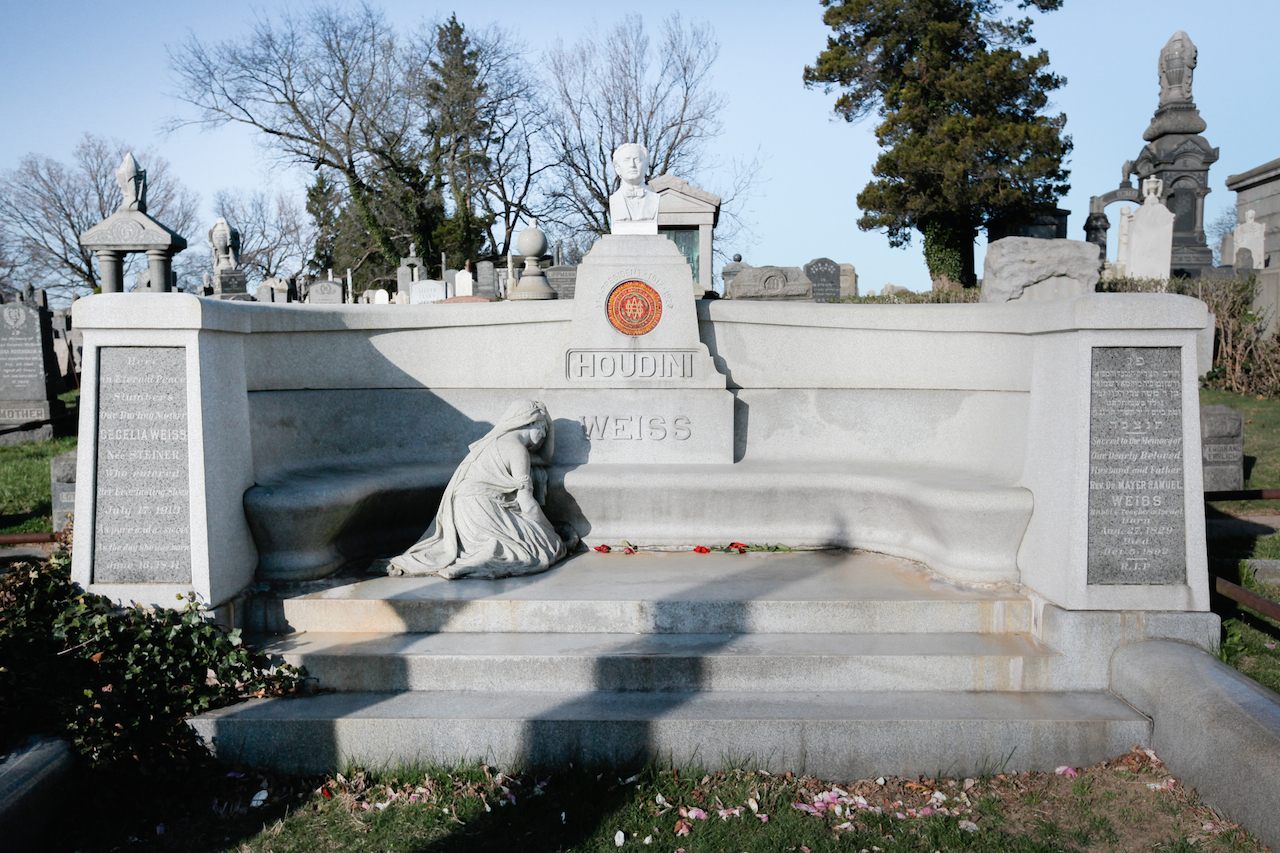 The burial site of legendary magician Harry Houdini is visible just beyond the gates.
The burial site of legendary magician Harry Houdini is visible just beyond the gates.
GLENWOOD POWER STATION
Yonkers, New York
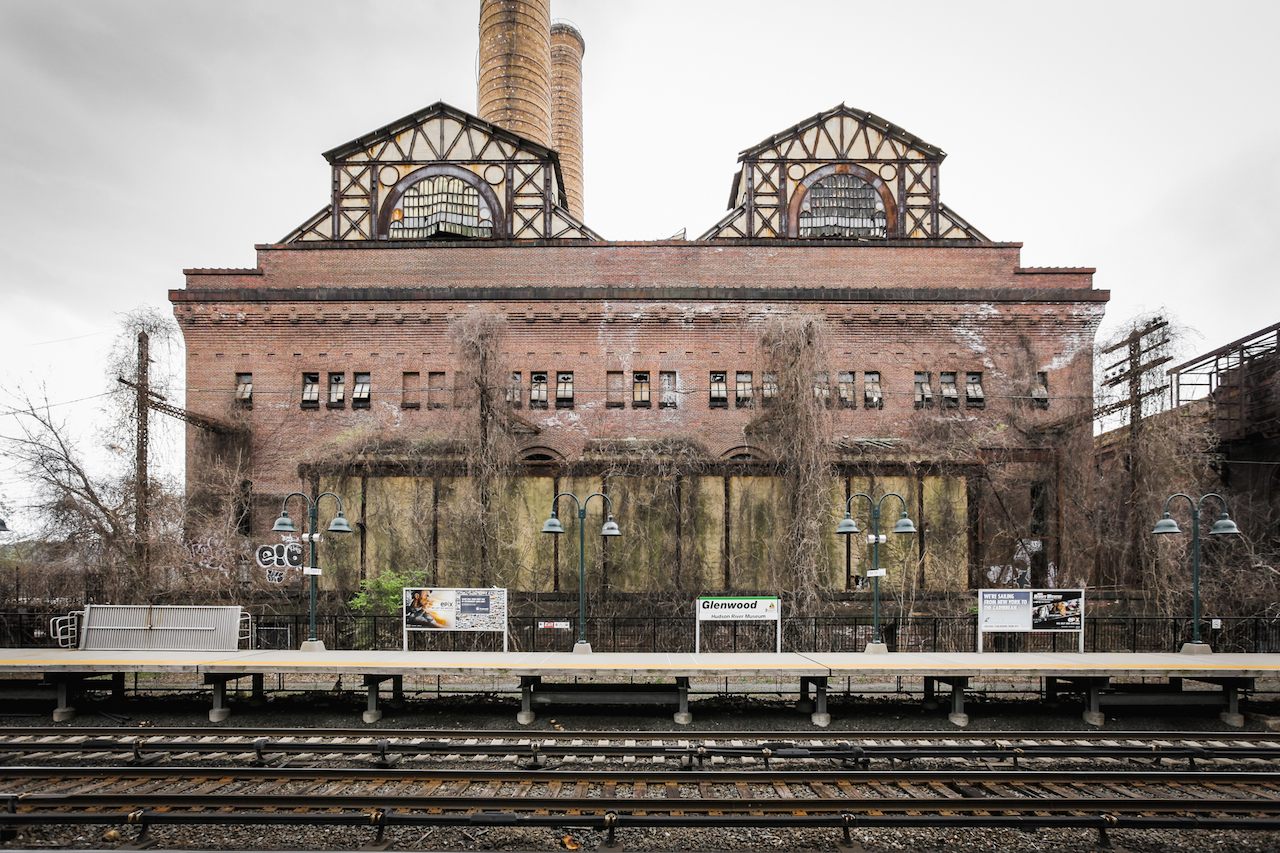 The Yonkers Power Station looms over the Glenwood stop on the Metro-North line.
The Yonkers Power Station looms over the Glenwood stop on the Metro-North line.
The Glenwood Power Station has loomed over the Hudson River for over a century. Designed by the same architects as Grand Central Station, the plant was completed in 1906 in conjunction with the first electrification of the New York Central Railroad. After 40 years of abandonment, it developed a questionable reputation for illegal gang activity, and a memorable nickname, “the Gates of Hell.”
Today, much of the interior has been cleared away and cleaned up in preparation for its second life as a hotel and convention center.
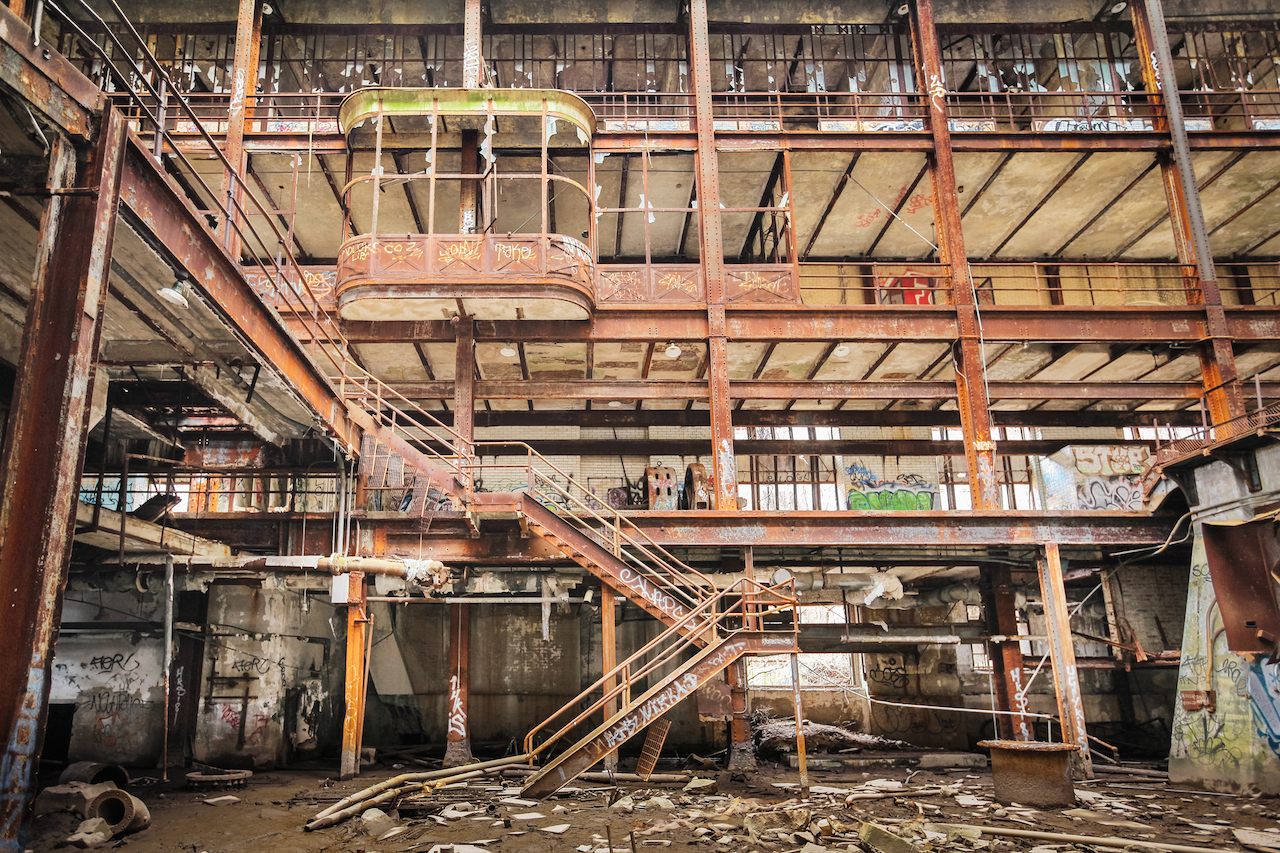 The perpetually flooded ground floor of the Glenwood Power Station was covered with a foot of Hudson River silt.
The perpetually flooded ground floor of the Glenwood Power Station was covered with a foot of Hudson River silt.
BATCAVE
Gowanus, Brooklyn
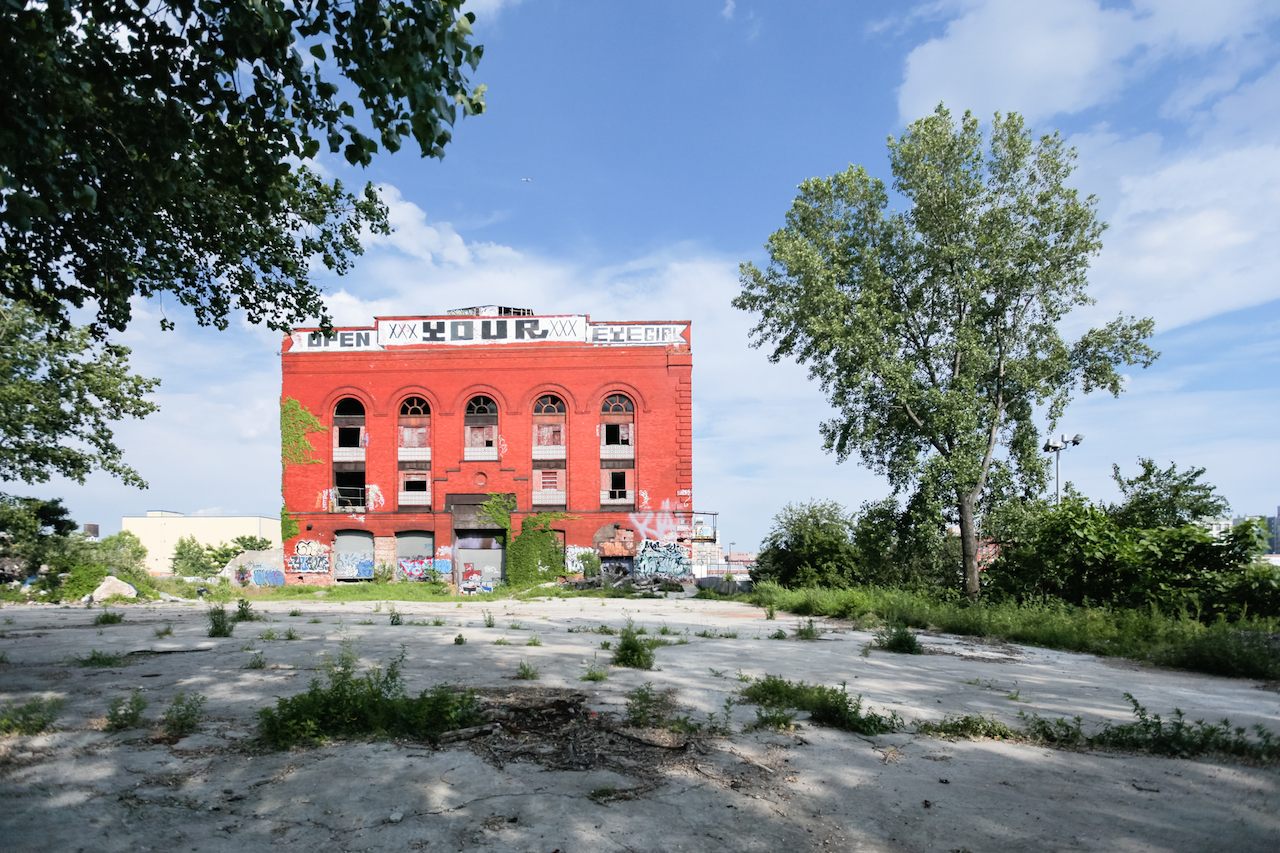 The Gowanus “Batcave” as it appeared in 2013 just before renovations began.
The Gowanus “Batcave” as it appeared in 2013 just before renovations began.
Originally constructed as a power station for the Brooklyn Rapid Transit Company in 1896, the long-abandoned Gowanus “Batcave” has become better known in recent years for its tenure as a squatter colony, graffiti haven, and illegal party venue. Its awe-inspiring interior was one of the most spectacular abandoned sights in the city, but today it’s gutted in preparation for a new development.
Thankfully, the structure itself will be saved and transformed into artist studios and exhibition space, which is a bit more palatable than the typical “luxury condominiums” route.
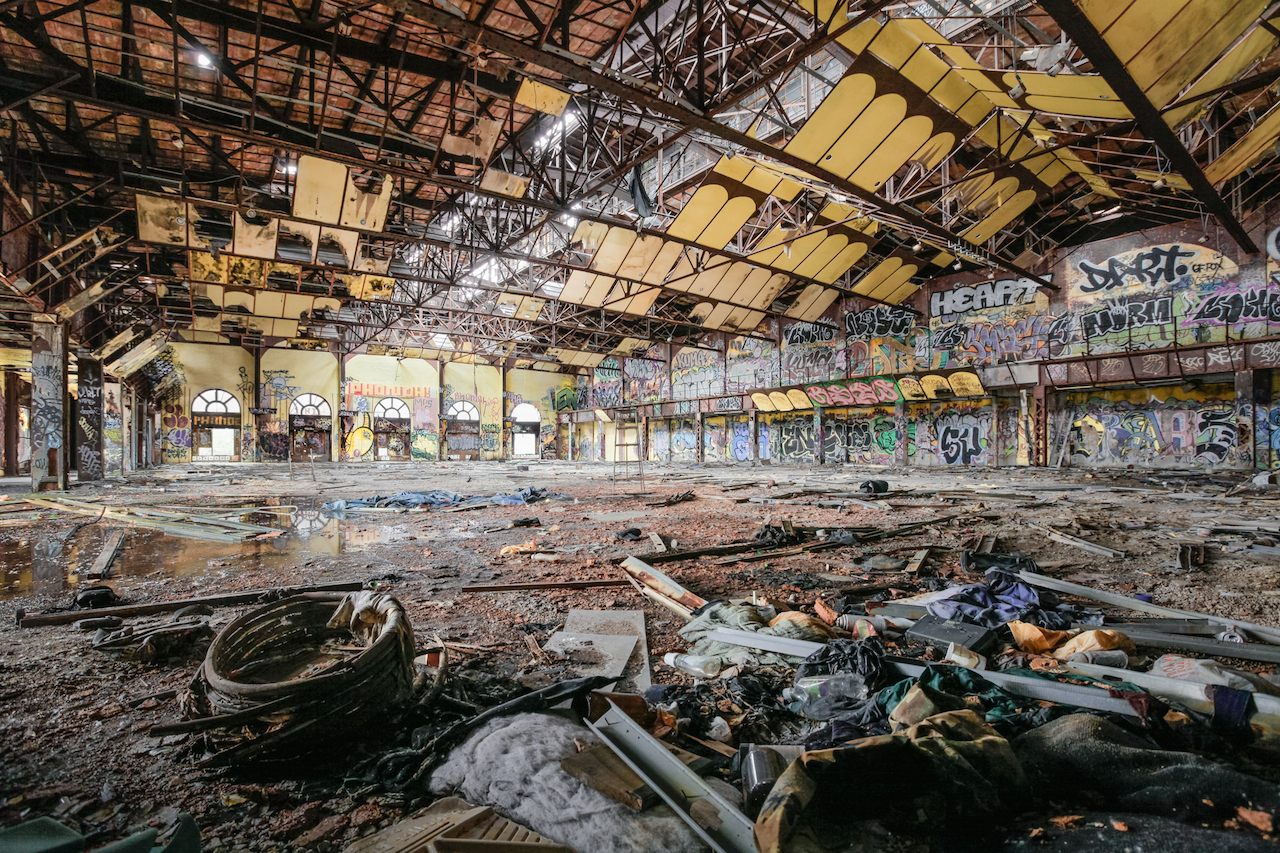 The top floor of the Bat Cave was one of the most impressive abandoned spaces in all of New York City.
The top floor of the Bat Cave was one of the most impressive abandoned spaces in all of New York City.
SAMUEL R. SMITH INFIRMARY
Thompkinsville, Staten Island
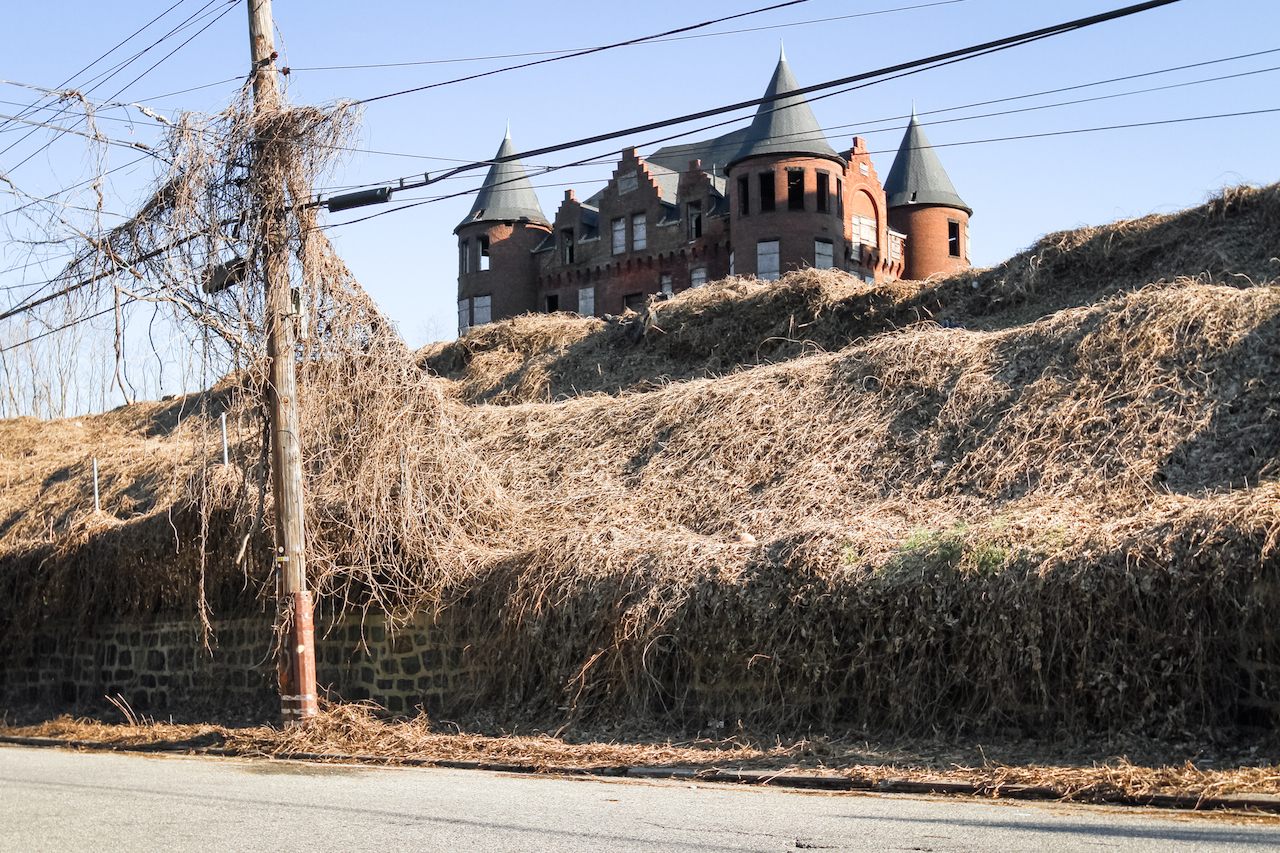 Forty years of neglect left the Smith Infirmary looking like the quintessential haunted house.
Forty years of neglect left the Smith Infirmary looking like the quintessential haunted house.
The Frost Memorial Tower of the Samuel R. Smith Infirmary was founded in the year 1863 as Staten Island’s first public hospital. By 1974, the hospital outgrew the campus, and the property was abandoned. Landmarks declined to designate the structure in the 1980s, despite its architectural and historical significance. As the building deteriorated, it became a hotbed of real estate fraud and a haven for the homeless, but many held fond feelings for the structure — locals called it “the Staten Island Castle.”
Local preservationists fought long and hard to save the building, but city engineers determined the place was on the verge of collapse. In March of 2012, the 124-year-old-castle was brought to the ground in a matter of hours.
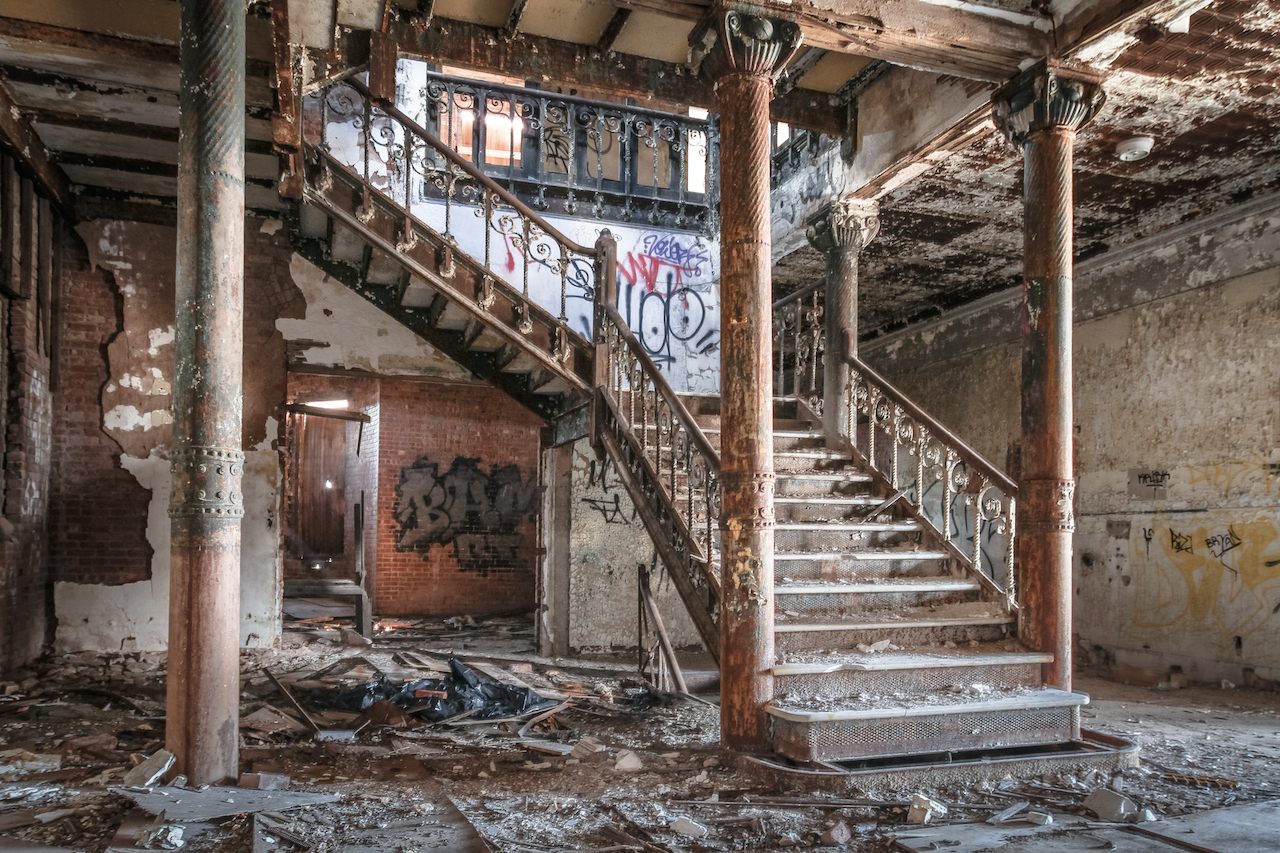 An ornate central staircase stands out from the rest of the devastated interior.
An ornate central staircase stands out from the rest of the devastated interior.
HARLEM RENAISSANCE BALLROOM
Harlem, Manhattan
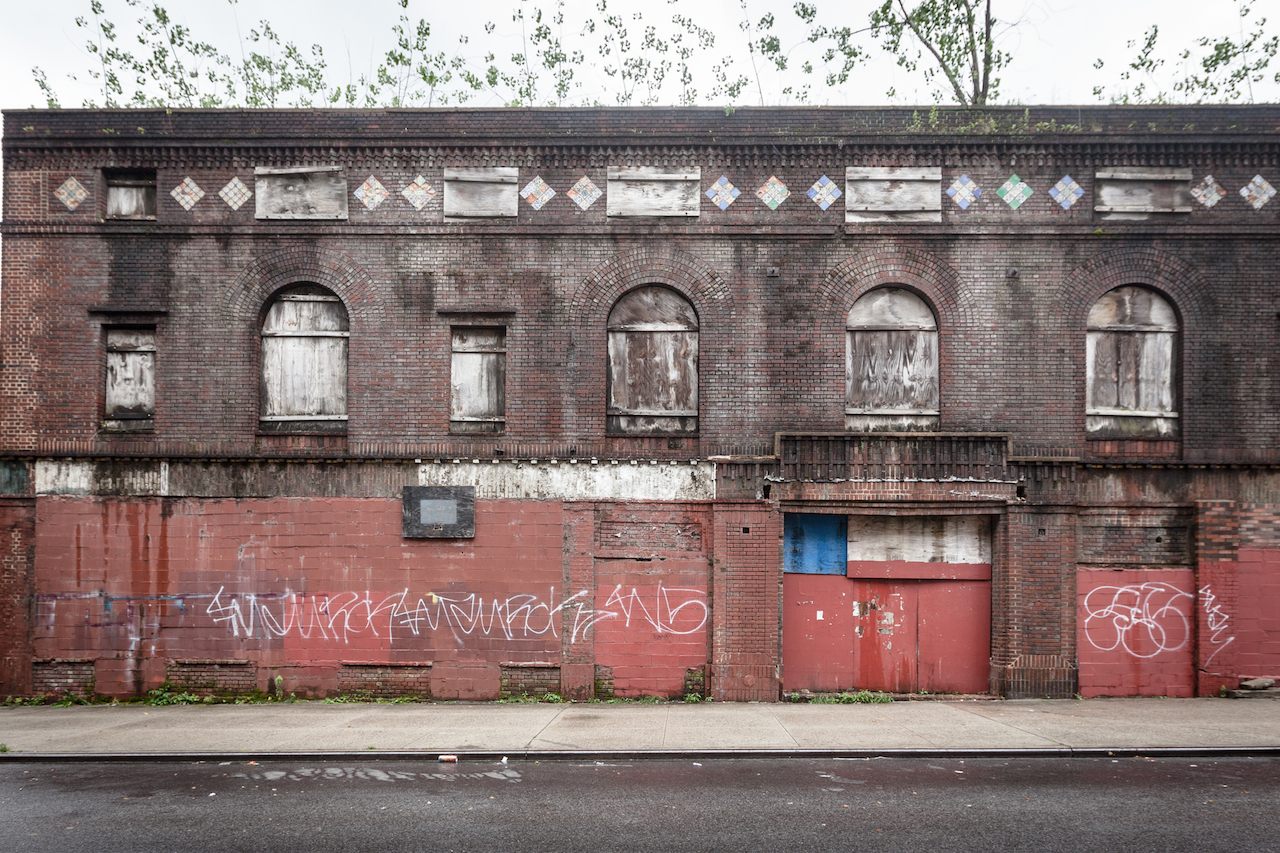 Locals are fighting to save the façade of the Harlem Renaissance Ballroom from demolition.
Locals are fighting to save the façade of the Harlem Renaissance Ballroom from demolition.
Though it’s still standing, the demolition of the Harlem Renaissance Ballroom is looking more and more like a foregone conclusion. Concerned locals and preservationists haven’t given up the fight just yet, but owners insist the place is beyond repair — a site visit last year resulted in a broken arm, among other injuries.
This one especially hurts, because the historical value is undeniable, and there are so few physical reminders left of the neighborhood’s glory days. As one of the only reception halls available to African Americans at the time it was constructed in the 1920s, the Ballroom held performances by the finest jazz performers of the age. It was also notable for hosting the nation’s first all-black professional basketball team, the Harlem Renaissance Big Five, whose record for consecutive wins has yet to be broken.
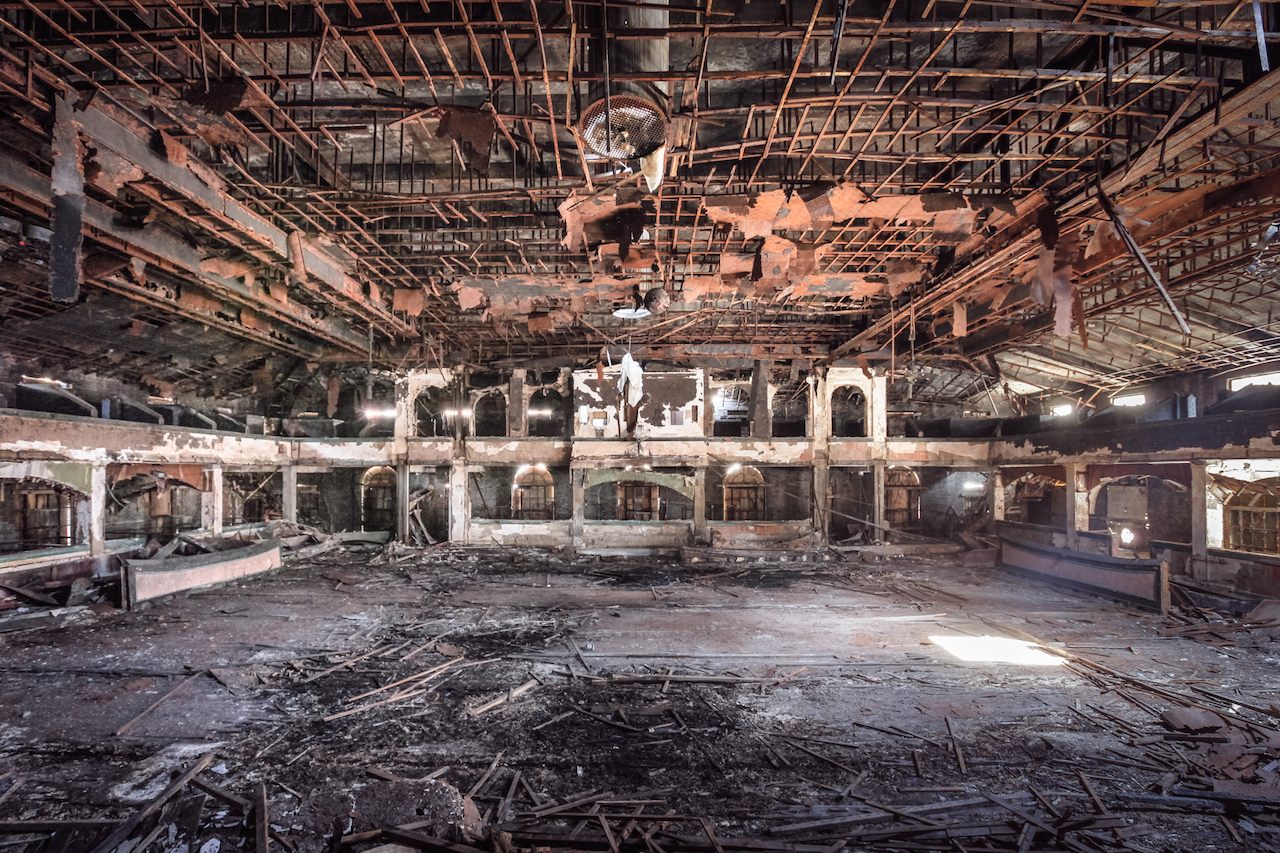 The ballroom’s interior is said to be “beyond repair.”
The ballroom’s interior is said to be “beyond repair.”
Will Ellis is the writer/photographer behind AbandonedNYC.com, and the author of the new photo book of the same name, out January 28. Get a free print and a signed copy when you order from him at www.abandonednycbook.com. He is giving a talk at the Morbid Anatomy Museum on the night of February 18th, get your tickets here.
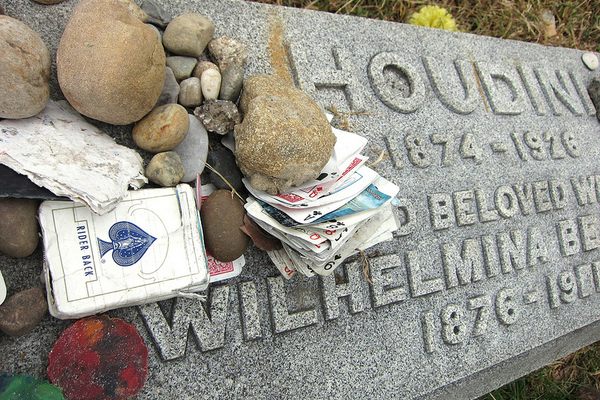

















Follow us on Twitter to get the latest on the world's hidden wonders.
Like us on Facebook to get the latest on the world's hidden wonders.
Follow us on Twitter Like us on Facebook